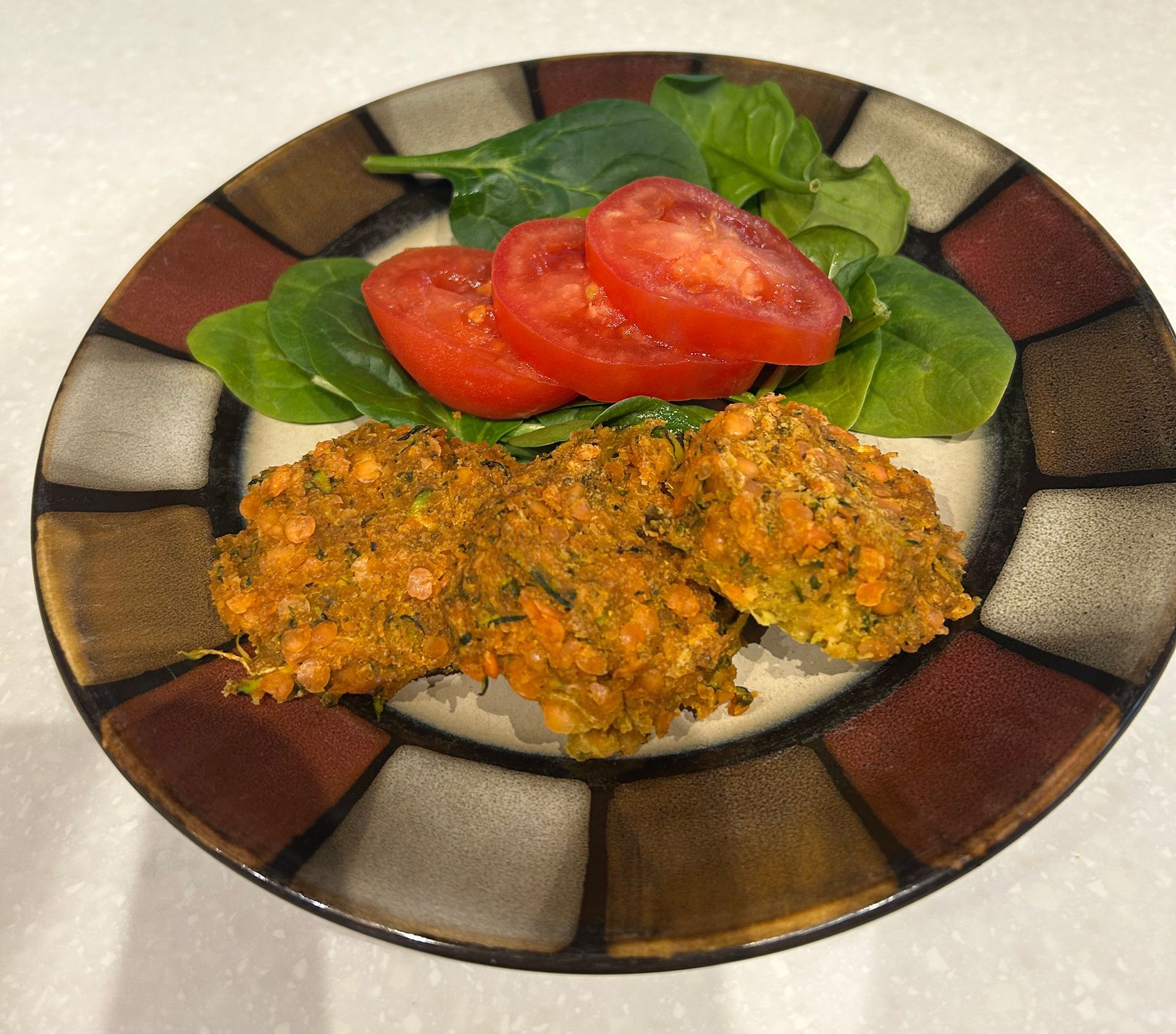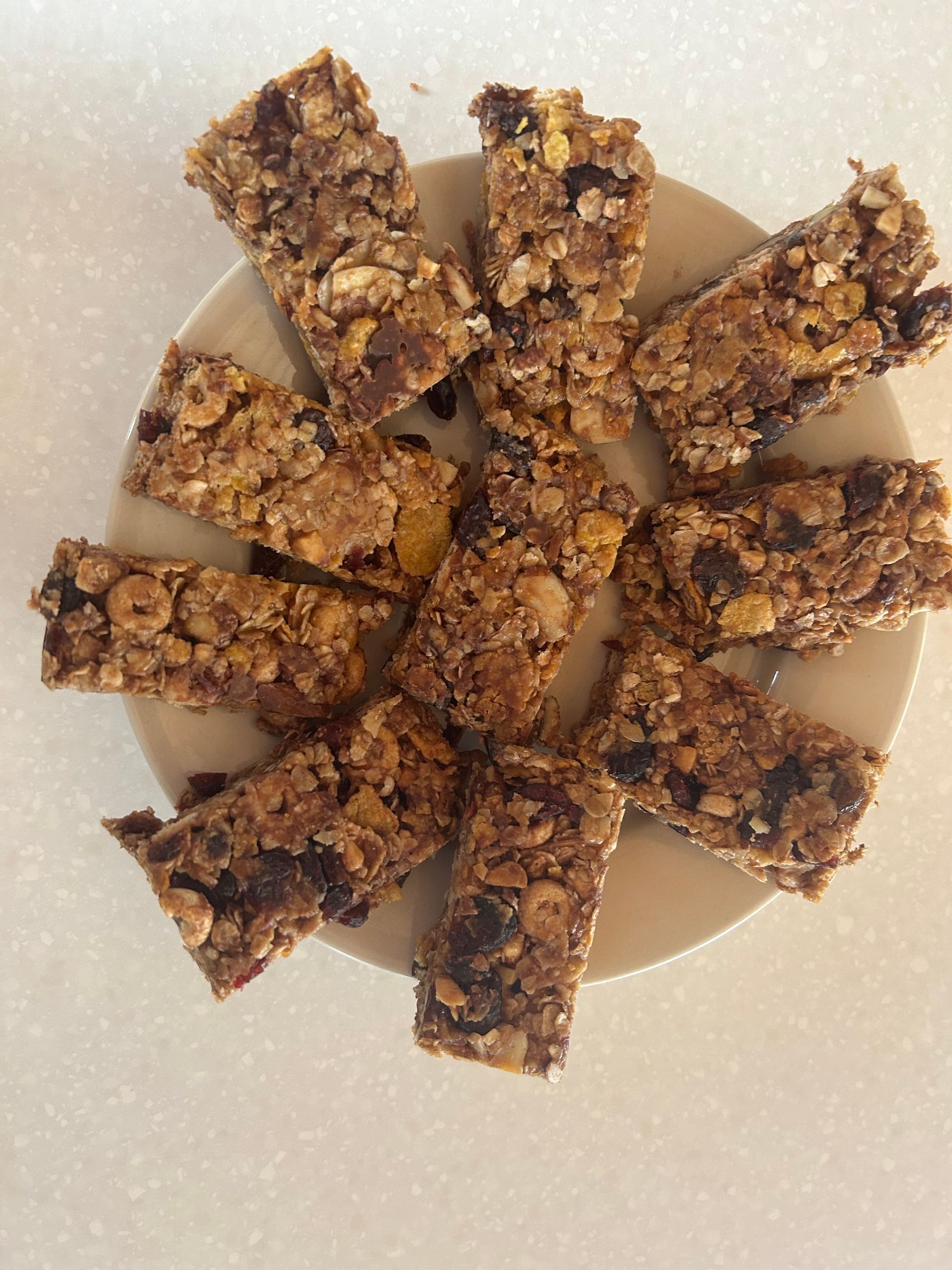Find out how dance for Parkinson’s is becoming a part of managing symptoms and living well. The Dance for PD program is led by professional dancers who bring their experience and enthusiasm to the classes. In this article we explore the world of dance therapy where music and movement can ease the physical challenges and create a space for social connection and self empowerment. Join us as we look at the benefits, the shared experiences and how you can get involved.
Key Takeaways
- The Dance for PD program, offered globally in over 300 communities across 28 countries, provides therapeutic and enjoyable dance classes for people with Parkinson’s disease, promoting holistic wellness by addressing both motor and non-motor symptoms through movement and music.
- Engaging in dance offers individuals with Parkinson’s social interaction and emotional benefits, breaking the isolation often associated with the disease, boosting self-esteem, and fostering a sense of empowerment and community even when classes are conducted online.
- Professional dance instructors are trained in the Dance for PD® method which plays a crucial role in the therapeutic impact of the class, resulting in improved balance, coordination, mental activity, and mobility, making the Dance for PD program inclusive and accessible to all, regardless of one’s dance experience.
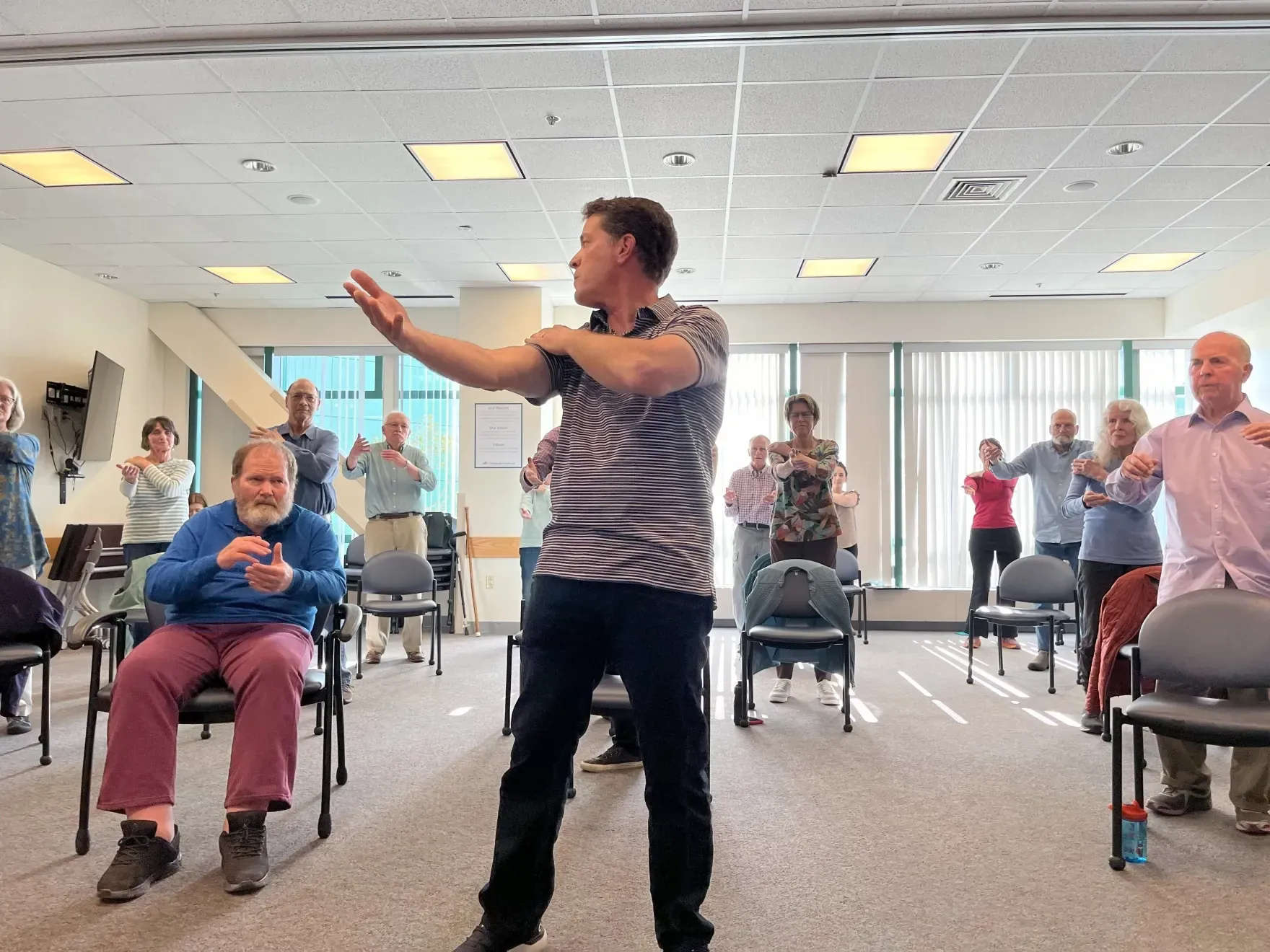
The Harmony of Movement and Music: Dance for Parkinson's Overview
The Dance for PD program, a partnership between the Mark Morris Dance Group and the Brooklyn Parkinson Group, goes beyond borders to reach people all over the world. With over 300 sites in 28 countries, these international dance classes are a game changer for people with Parkinson’s. The method is designed for consistency and quality so every class meets the program’s standards.
In the beautiful Upper Valley of NH and VT, Dance for PD classes are taught by professional dancers Richard and Diane Caruso. They bring their expertise and enthusiasm to create a space for participants to move to music in ways that are fun, exciting and fulfilling. The dance floor is a canvas where every step and gesture is a declaration of strength and freedom from the daily struggles with Parkinson’s.
Embracing Rhythm: How Dance Breaks Isolation for PD Patients
The music and dance not only feeds the body but the soul. For those with Parkinson’s disease, dance is a powerful tool against the silent enemy of isolation. Dance opens up social interaction, a sense of belonging and overall well-being. Even when physical proximity isn’t possible and classes are attended online, dancers find a sense of community that transcends the digital divide and reduces feelings of loneliness.
Participants in the Dance for Parkinson’s program have reported feeling more empowered and more confident, the emotional impact of these dance experiences is huge. Through dance and music, people with Parkinson’s build relationships that support their social networks and give them the tools to cope with life.
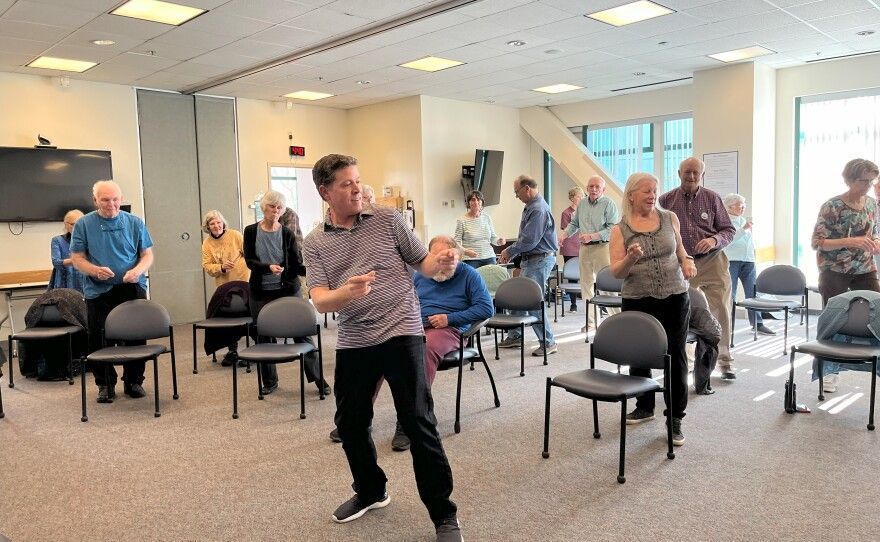
A Step Towards Wellness: The Therapeutic Impact of Dance on PD
Dancing is more than just beautiful; it’s a path to whole health for those with Parkinson’s. As a non-medical intervention, dance therapy is a multi-faceted treatment that addresses both motor and non-motor symptoms of Parkinson’s with great results. The dance studio becomes a therapeutic space where physical movement and mental well-being come together to create a better life.
So let’s get into the nitty gritty of how dance tackles Parkinson’s. From balance and coordination, mental activity and creativity and finally to movement for PD specific issues, each bit of dance for PD is magic.
Enhancing Balance and Coordination
Sitting between art and therapy, dance styles like ballet and tango have been proven to improve balance and coordination for people with Parkinson’s. The benefits of these dance forms are:
- Balance and coordination
- Safe and fun to try
- Body’s natural rhythm
- Mobility and stability
With music and its built in rhythm, we are guided through movements with focus and elegance that might otherwise be out of reach. In this beautiful dance environment we find joy in movement and freedom from Parkinson’s as we:
- move to the beat
- tap our feet and clap our hands
- sway and bend
- feel the music
Brain Stimulation and Creativity
Dance has powers beyond the physical, into the cognitive and emotional realms. For people with Parkinson’s, dancing gets the brain going, stimulating executive functions like cognitive flexibility and inhibitory control. The rhythm and flow of dance are not just movements but a language that connects the brain and body, a creative space to express yourself and feel good.
Beyond the brain benefits, dance is a source of joy and pleasure, an emotional boost that’s precious to participants. It’s this combination of physical activity and emotional resonance that gives people with Parkinson’s the energy to face the disease with renewed courage and hope.
Addressing PD Specific Issues Through Movement
To create dance specifically for the Parkinson’s community the ‘Baila Parkinson’ method is the pioneer. By mixing different dance styles, this method addresses the specific needs of people with Parkinson’s. Each step and gesture is designed to navigate the complexities of the disease, to translate the therapeutic power of dance into tangible improvements in mobility and quality of life.
This is what makes dance so powerful for Parkinson’s. It’s not just about the dance, it’s about taking back control and feeling a sense of freedom.
The Role of Professional Dancers and Teaching Artists
Dance for PD is designed by professionally trained dancers who are the backbone of this program. These artists have the knowledge, understanding and empathy to navigate the complexities of Parkinson’s. Their training, through the comprehensive enrichment track, prepares them to deliver the core of the Dance for PD method with precision and care.
Walk into a Dance for PD class and you’ll be met with ballet, modern and jazz. Each style is chosen to build coordination, balance, flexibility and strength in the participants. It’s the dedication and expertise of these teaching artists that makes each class a lesson in dance and a journey of self discovery and empowerment for everyone involved.
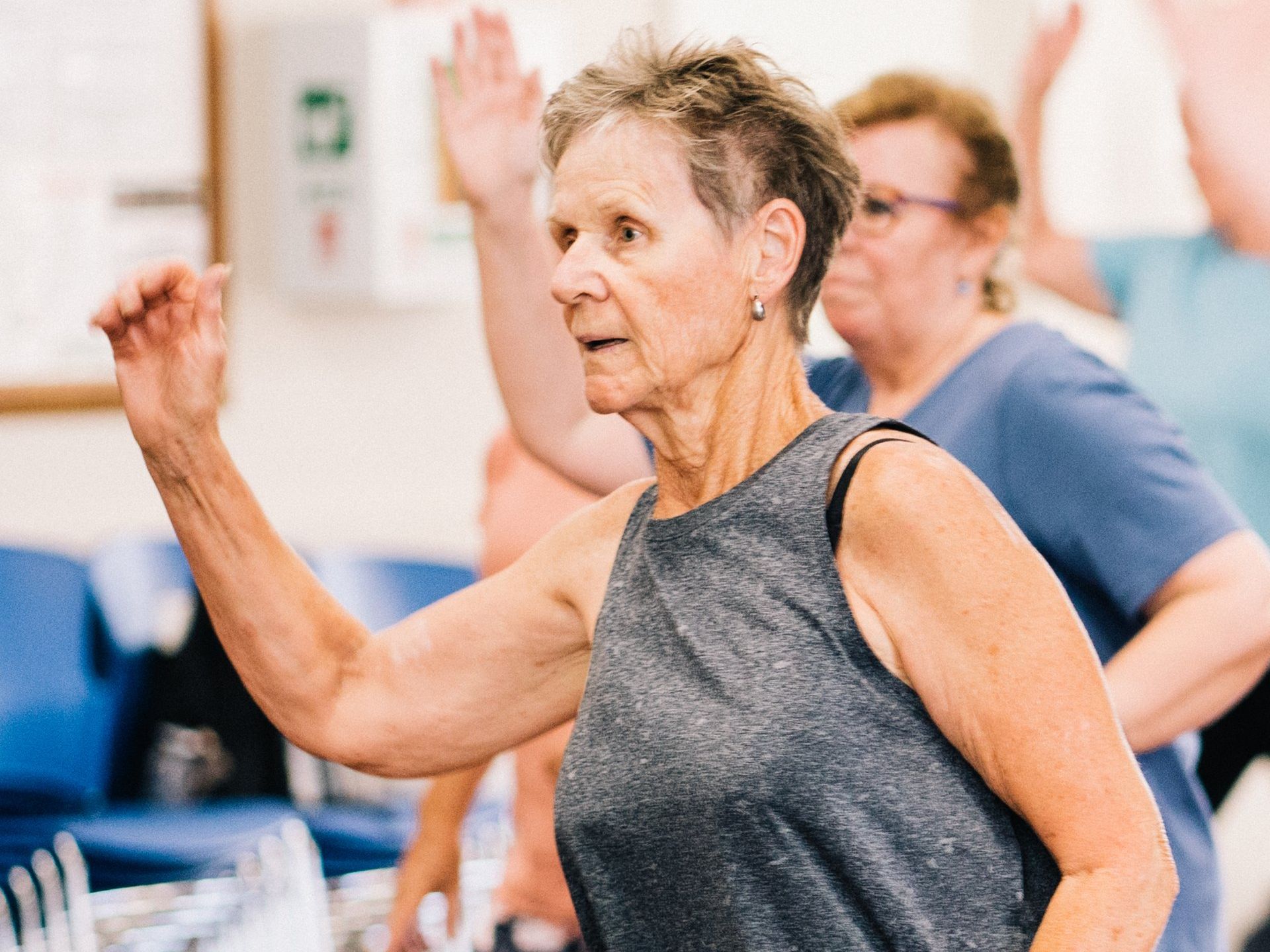
Accessible for All: Joining the Dance for PD Community
Inclusivity is the heartbeat of the Dance for PD community. Regardless of one’s experience with dance, the program welcomes everyone with open arms. Care partners, too, are invited to join in the dance, fostering shared experiences that resonate with support and understanding.
With classes offered across a global network, the Dance for PD community is a vibrant tapestry of participants from diverse backgrounds, all united by the rhythm of dance.
Preparing for Your First Class
Stepping into your first Dance for PD class, comfort is key. Here are some tips to help you prepare for your first dance experience:
- Dress in attire that moves with you
- Bring a water bottle to stay hydrated
- Embrace the gentle, flowing movements that cater to all levels of mobility
- Know that the class is designed to ease you into the rhythm of dance
- Modifications are available to adapt the exercises, ensuring that everyone can participate and enjoy the experience to its fullest.
Rest assured, no previous dance experience is necessary; the classes prioritize enjoyment and participation over technical proficiency. After a session filled with movement and music, the class concludes with a cool-down period, providing a moment of reflection and connection with the community. Remember, the instructors and your fellow dancers are there to support you, creating a warm and welcoming environment that encourages engagement and camaraderie. Join us for an exciting dance experience led by talented and passionate professionals who create a warm and encouraging atmosphere for you to thrive in!
The Intersection of Modern Dance and Physical Therapy
Modern dance and physical therapy are at the heart of Dance for PD, a one of a kind approach that combines artistic expression with therapeutic care. The principles of physical therapy, movement control and strength building, are embedded in the modern dance exercises to address the movement challenges of people with Parkinson’s. This allows participants to explore and improve their physicality in a supportive and creative environment.
Ballet movements bring elegance and power into the classes to counteract the stiffness and rigidity that comes with Parkinson’s. The outcome is a sense of flow and continuity that addresses physical needs but also lifts the soul and sense of well being beyond the dance studio.

Learn More about the Upper Valley Programs for Parkinson's
The Upper Valley Programs for Parkinson’s, serving the communities of Vermont and New Hampshire, offer a rich array of activities tailored to individuals at various stages of Parkinson’s disease. From the multi-joint, multi-muscular Staying Active Classes, designed to improve flexibility and strength, to the empowering Rock Steady Boxing program, which harnesses the transformative impact of non-contact boxing, these offerings cater to the diverse needs of the Parkinson’s community.
At the heart of these programs lies the highly successful Dance for Parkinson’s sessions, led by the experienced and passionate instructors Richard and Diane Caruso. Here, participants are encouraged to explore the harmonious relationship between movement and music, finding in each class a source of enjoyment, stimulation, and creative expression.
These programs not only serve as a beacon of hope but also as a testament to the resilience and indomitable spirit of those living with Parkinson’s.
No dance experience is necessary and EVERYONE is welcome. Join us on Tuesday's from 4:00 pm - 5:00 pm at the DHMC Auditorium C/D, in Lebanon, NH. You can also email movement@hitchcock.org for more information.
Summary
It’s clear the power of movement and music goes far beyond the dance floor. Dance for PD is a place for self-expression, a community of understanding and a therapeutic approach that enhances the lives of those living with Parkinson’s disease. From the elegance of ballet to the rhythm of tango, every dance style helps with balance, coordination and joy.
So go forth and dance! Whether you have Parkinson’s or just want to support those who do. Dance and find your joy! 🌟
Frequently Asked Questions
Do I need any prior dance experience to join a Dance for PD class?
No, you do not need any prior dance experience to join a Dance for PD class. The classes are designed for individuals of all dance levels, with a focus on enjoyment and movement, not dance technique.
Can care partners participate in the Dance for PD classes?
Yes, care partners are encouraged to participate in the Dance for PD classes, as it can lead to shared experiences and a deeper understanding of the journey their loved ones are on.
Are there options for attending classes if I can't make it in person?
Yes, you can attend interactive Zoom classes or access a digital class library from home through Dance for PD. This allows you to participate in the sessions remotely.
How can dance help with Parkinson's disease symptoms?
Dance can help with Parkinson's disease symptoms by improving balance, gait, coordination, and cognitive functions, while also providing emotional and social benefits, which can enhance quality of life.
Is there a specific dance style that is most beneficial for people with Parkinson's?
Yes, ballet and tango have been highlighted for their positive impact on balance and coordination for people with Parkinson's, but incorporating a variety of dance styles through methods like 'Baila Parkinson' can also be beneficial.
Helpful Resources
All Rights Reserved | Upper Valley Programs for Parkinson's

